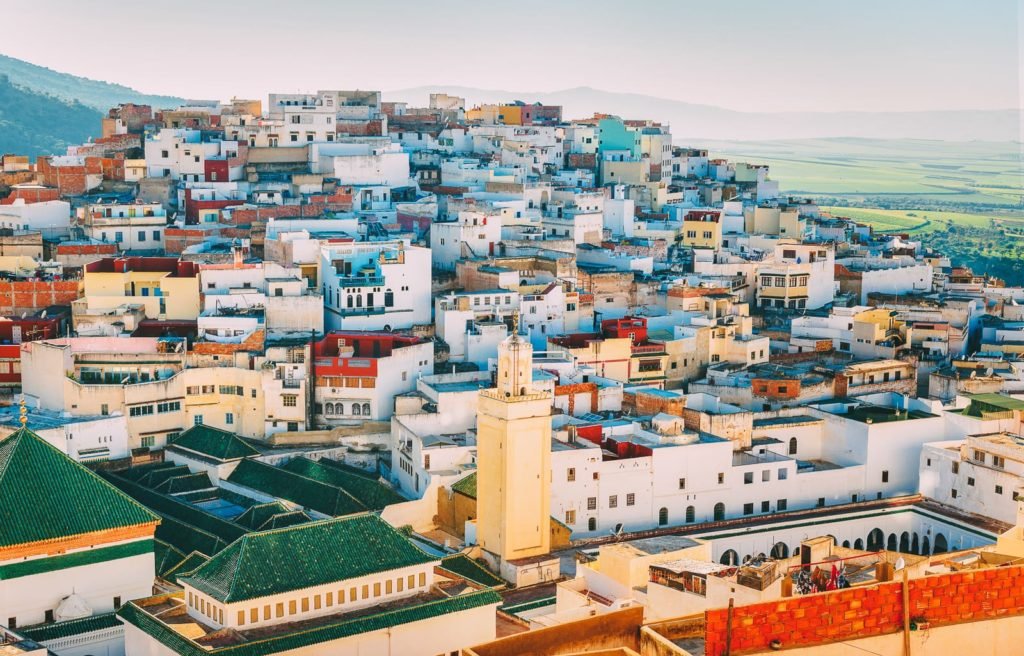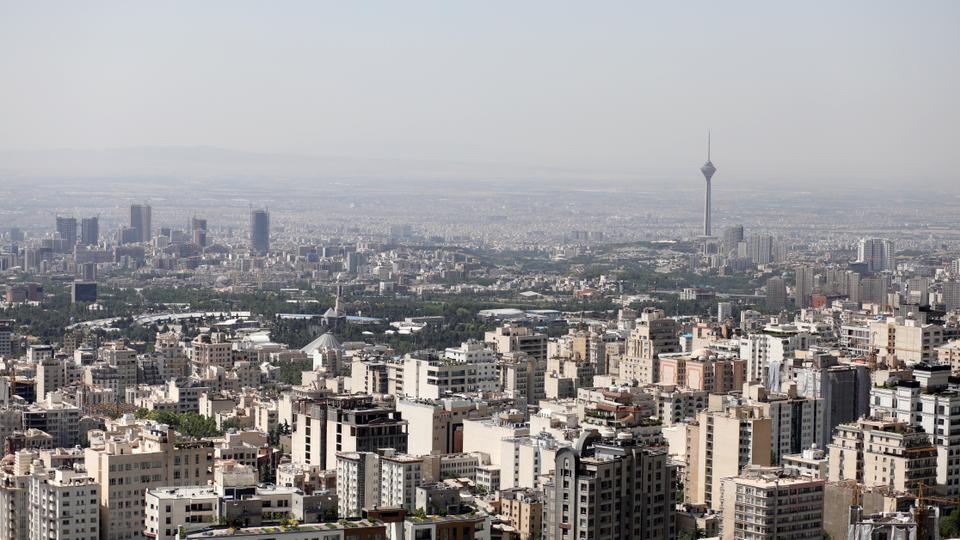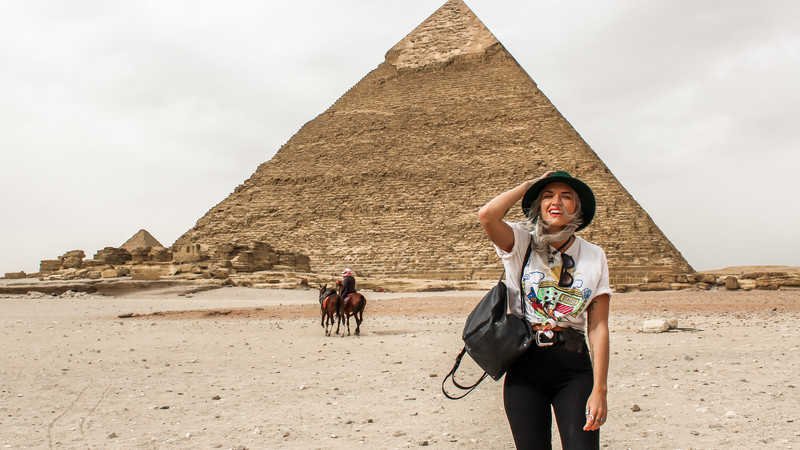BIG READ: Fuel Subsidy Reform: How Five Countries Avoided Fiscal Suicide

“If you are looking for how to make a nation the poverty capital of the world, the fuel subsidy is one of the key ingredients in the fiscal recipe”.
The economics of fuel subsidy is easy to grasp. For many decades Nigeria has spent more on fuel subsidies than on basic education and healthcare or economic infrastructure. If you are looking for how to make a nation the poverty capital of the world, the fuel subsidy is one of the key ingredients in the fiscal recipe.
In 2021, the monthly average spend for fuel subsidy is over N102.5 billion (US$250 million), a figure higher than the N70 billion (US$171 million) budgeted for the provision of Universal Basic Education (UBEC) and the N45.19 billion (US$110million) allocated for immunisation.
Also Read: BIG READ: The Subsidy Traps and Nigeria’s Destiny
Eradicating the fuel subsidy would allow more investment across Nigeria in education, healthcare, physical infrastructure and other sectors such as housing which would enhance the country’s productive capacity and reduce poverty.
The oil subsidy is a very inefficient way of investing public resources in developing the economy or the in the wellbeing of Nigerians. More than one third of it is spent in Lagos, by far Nigeria’s richest state where about 35% of fuel distributed in Nigeria is consumed.
The politics of oil subsidy is however complicated. The benefit of cheap fuel is instantly delivered- immediately a Nigerian fills his or her car tank or pays for a bus or okada trip. The gains of investing more in teacher training or renumeration or building more roads or bridges to more efficiently connect the economy and make Nigerians more productive are not that instant.
The gains of reinvesting the fuel subsidy take time to work their way through federal and state budgets and procurement contracts and are almost impossible precisely to tie to the removal of the subsidy. In contrast, removing the subsidy causes instant pain in the pocket and everyone understands the source of the pain. Higher fuel price is detested by the population and makes the government unpopular; it is exploited by opportunistic opposition parties and labour unions.
But the waste of the fuel subsidy is so massive and the gains of reinvesting it so huge that governments all over the world have designed ways to reduce the political risk while aiming for the economic gains. To reduce the pain of subsidy removal amongst the poor, a study by the African Institute for Applied Economics (AIAE) in 2006 noted that subsidy removal must be followed by re-allocation of spending to initiatives that raise living standards. We take a look at how five countries allocated the vast sums used to subsidise the consumption of fuel to programmes targeted at improving the lives of poor citizens.
Morocco


The government’s plan was that in five years’ time (2017), it would have completely eliminated the subsidies. As at 2021, the government has succeeded in eliminating oil subsidies but has kept subsidies on liquefied petroleum gas (LPG, typically butane gas used for cooking and heating), flour, sugar and water, which are primarily consumed by low-income groups.
Over 18% of Morocco’s rural population lived in poverty or are considered vulnerable. Geographical divide plays a major role in Morocco’s poverty; of the 4 million people living in poverty in Morocco, 3 million reside in rural areas.
The subsidy removal started in 2013 after the government introduced market determined prices for gasoline and diesel. To educate its citizens, its embarked on a comprehensive communication campaign to sensitive on the ongoing reforms. It also reintroduced and expanded its cash transfers schemes as a palliative measure for those hit by the subsidy reforms such as passenger and merchandise transporters and the industrial sector.
Cash transfer programmes to poor families were also expanded. Families must have children between the ages of 6 and 15 and the children must attend school at least 80% of school days to benefit from the programmes.
To increase the impact of the cash transfer, the Government of Morocco expanded the programme geographically and included additional age grades, so that the programme now reaches 690,000 students in the 434 rural communities covered by the national poverty reduction programme.
Also Read: N120B Per Month Subsidy: FGN Hands Veto to Labour
Iran


Like Morocco’s, the Iranian government adequately informed citizens of the subsidy reform before implementation and provided reasons for the intended reforms. It also communicated its palliative plan beforehand for reducing the burden of the eliminated subsidies. One of measures was announcing that that 50% of subsidy bill would be used to finance a new scheme paying out direct cash transfers to low and middle-income households.
Each identified and registered person under the programme received 445,000 Iranian rials (equivalent to US$40 in 2011, and around US$90 currently) in their bank accounts before the subsidy was removed but they could only access the money after the prices were raised.
This cash transfer was under the country’s universal child benefit (UCB) programme introduced in December 2010 via the Targeted Subsidies Reform Act. The cash transfer registered around 73 million Iranians. In 2011, transfers amounted to 6.5% of GDP and about 29% of the median household income.
A key success factor was the capacity of the Iranian government which accounted for the successful implementation of the cash transfer programme to millions of its citizens without much difficulty.
Egypt


When the government decided to commence the subsidy removal initiative, it chose energy subsidies with a plan to completely remove all subsidies by 2021. Post implementation, energy subsidy per capita fell to US$96 in 2016 (from US$269 in 2013).
Government had two palliative/cash transfer measures: Karāma (Arabic for dignity), which provides cash transfers of 350 EGP/person/ month to elderly and severely handicapped people, and Takāful (Arabic for solidarity), which provide transfers of 325 EGP/family/month (plus 60-100 EGP for every child) to poor families on the condition that children go to school regularly.
These programmes were supported by the World Bank (which provided US$400million). They now cover around 2.26 million Egyptian households (approximately 9.4 million individuals, or 10% of Egypt’s population).
Indonesia
Indonesia is the world’s 16th-largest economy by nominal GDP and the fourth-most populous country in the world. It is an oil producer, with a daily output of around 945,637 bpd (barrels per day) and imports around 398,645bpd. Indonesia had a subsidy regime for domestic fuel and electricity prices, with the government fixing prices. In 2012 and 2013, fuel subsidy comprised around 12.8% and 16.8% respectively of government expenditure.
The government opted to remove the subsidies through a number of measures: (1) Prohibiting industrial consumers from using subsidized diesel or gasoline, (2) Introducing the kerosene to LPG conversion program, (3) Increasing the electricity tariff, (4) Increasing prices for gasoline and diesel, and (5) Encouraging diversification to energy sources such as bio-fuel.
It also expanded its existing cash transfer programmes to support the most vulnerable over the transition period. One of such was the Programme Keluarga Harapan (PKH) which was aimed at providing conditional cash transfers to the country’s poorest households. PKH beneficiaries receive between IDR 600,000 (US$67) and IDR 2.2 million (US$247) annually depending on family composition for up to six years.
In 2011, the Indonesian Government expanded the geographic coverage of PKH to include new districts in Lampung, South Sumatra, and Central Java provinces. Researchers partnered with the Indonesian Central Bureau of Statistics (BPS) and Mitra Samya, a local NGO, to evaluate a new process for determining household eligibility. Overall, 38% of households in eligible villages applied to receive PKH.
Without doubt, the programme impacted positively on the vulnerable population and reduced the poverty rate. The country’s poverty rate which fell from 23% in 1999 to 20.58% in March 2007. By September 2017, it further fell to 10.12% and 9.66% as of September 2018.
Malaysia


In July 2010 Malaysia initiated subsidy reform via a reduction in subsidies for fuel and sugar. Further cuts in subsidies for these and other products were planned over a three – to five-year period to strengthen government finances and improve economic efficiency. To offer succour to the vulnerable, the government introduced the Bantuan Rakyat 1 Malaysia (BR1M) cash transfer Programme (CTP) in 2012.
After it was introduced in 2012, a total of MYR2.09 billion was disbursed to 4,179,062 households (qualified households had a monthly income below MYR3000). In 2013, a new category of recipients was added (unmarried individuals with income below MYR2000/month). More categories were added until 2016 when there was a noticeable decline in recipients despite an increase in total amount allocated. The downward trend continued until 2018 when BR1M was revised and renamed as Bantuan Sara Hidup (BSH). Since 2019, the numbers continued a downward trajectory as the government mulls to phase out BSH due to sustainability issues.
A study by World Bank in 2018 revealed that the CTP had a significant impact on the wellbeing of the people by providing relief to the recipients and enabling them to acquire the basic goods and services.
With editing by Gbemi Abiola







